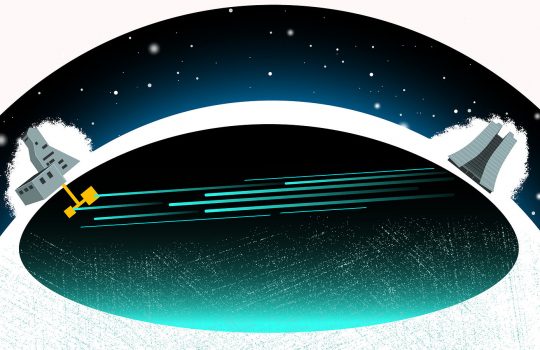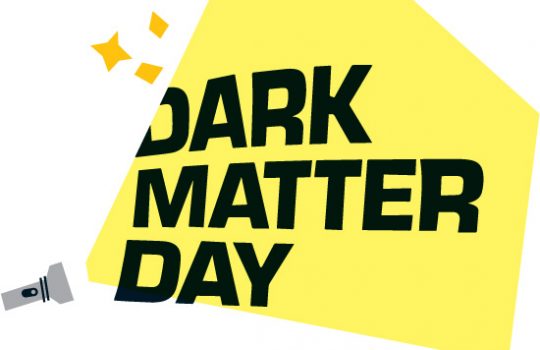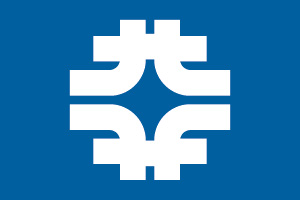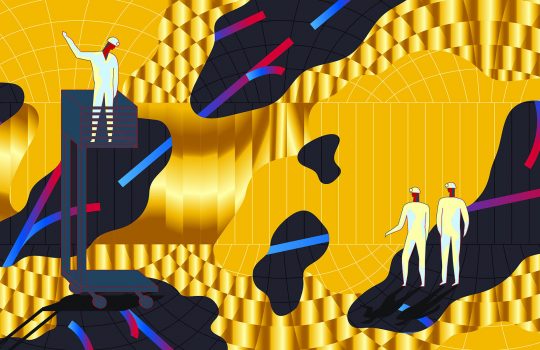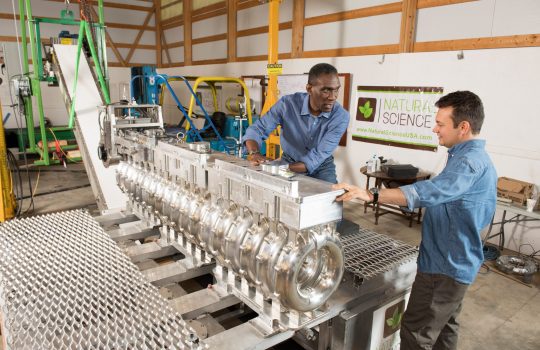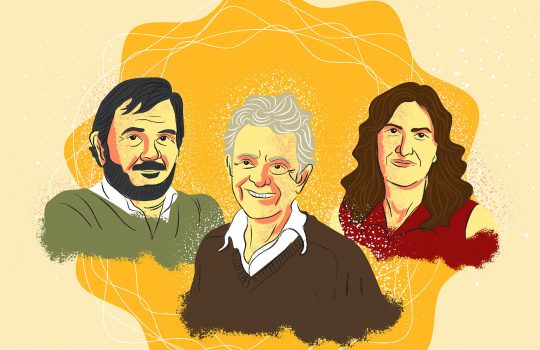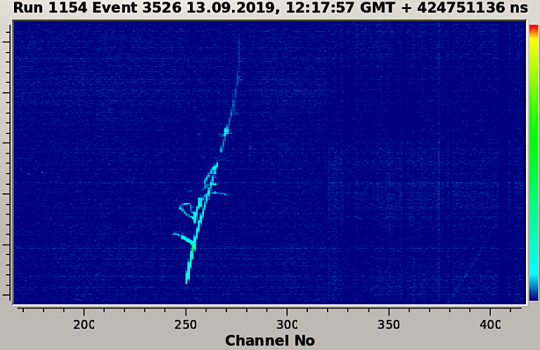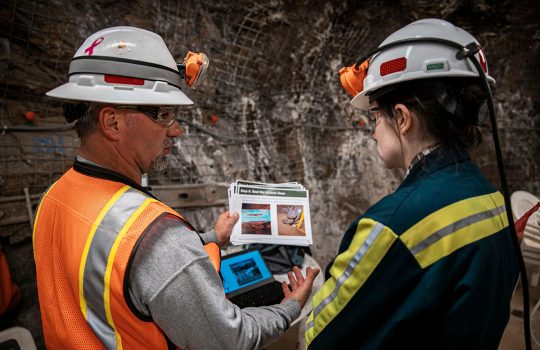ARAPUCA: Let there be light traps
- Brazil
- Deep Underground Neutrino Experiment
- detector technology
- DUNE
- dune-international
- international engagement
- Latin America
- ProtoDUNE
Latin American institutions are instrumental in creating photon detectors for the Deep Underground Neutrino Experiment.

